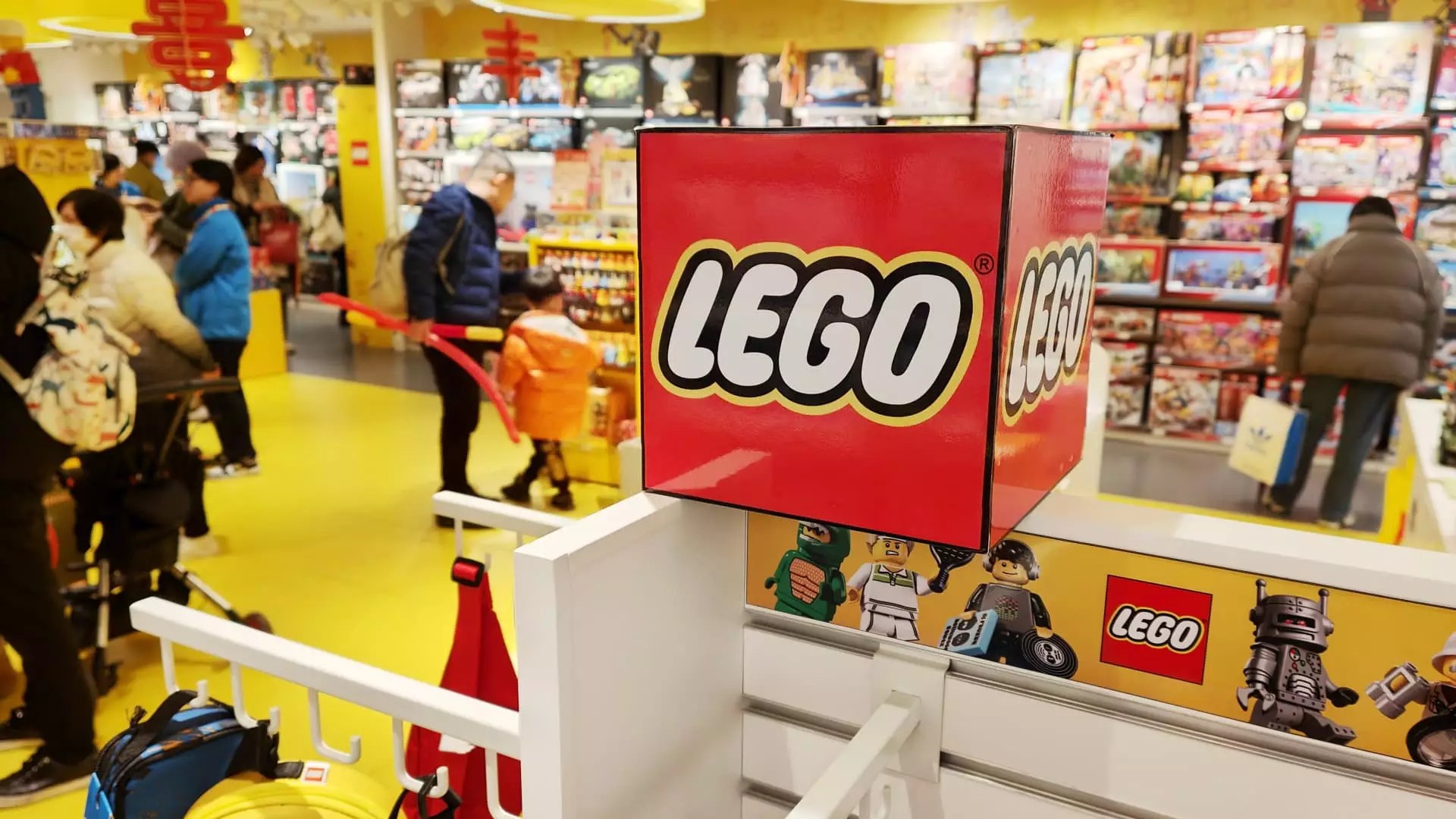In the midst of an inflation-fueled sales slump hitting the toy industry in 2024, Lego stands out as a beacon of success. The Danish toymaker reported a 13% increase in revenue during the first six months of the year, reaching 31 billion Danish krone, or approximately $4.65 billion. This growth can be attributed to the strength of Lego’s portfolio, particularly with products like Lego Icons and Lego Creator, as well as its partnership with Epic Games’ Fortnite. Unlike its competitors, Lego has managed to not only maintain sales volume but increase it, indicating a positive trend towards higher-priced sets.
In contrast, publicly traded companies like Mattel and Hasbro have experienced declines in sales. Mattel saw net sales decrease by 1% in the first half of 2024, while Hasbro reported a significant 21% drop in net revenue. Mattel’s struggles can be traced back to tough comparisons from the success of “Barbie” in 2023, while Hasbro is still dealing with the aftermath of its divestment of eOne. Lego’s ability to outperform these competitors showcases its resilience and adaptability in the ever-changing toy market.
Lego’s success can also be attributed to its diverse range of products that appeal to both children and adults. In addition to sets based on popular franchises like Harry Potter and Star Wars, Lego offers innovative design options for consumers to build flowers, succulents, famous works of art, and animals. This versatility in product offerings has enabled Lego to capture a wider audience and stay ahead of the competition.
While sales in the U.S. and Europe remain strong for Lego, China has presented some challenges with flat sales. Consumers in China are reportedly spending less on bigger-ticket items, leading to a decrease in purchasing frequency. Despite this, Lego remains committed to expanding its presence in China, recognizing the long-term potential of the market. With a focus on sustainability, Lego has also doubled the amount of renewable and recyclable materials used in its bricks compared to the previous year. This commitment to sustainability not only benefits the environment but also sets Lego apart as a socially responsible brand.
Looking ahead, Lego aims to source half of its raw materials from sustainable sources in the coming years. By continuing to innovate, expand into new markets, and prioritize sustainability, Lego is well-positioned to maintain its upward trajectory in the toy industry. As other companies struggle to adapt to changing consumer preferences and market dynamics, Lego serves as a shining example of how a commitment to quality, innovation, and sustainability can drive success in a competitive landscape.


Leave a Reply